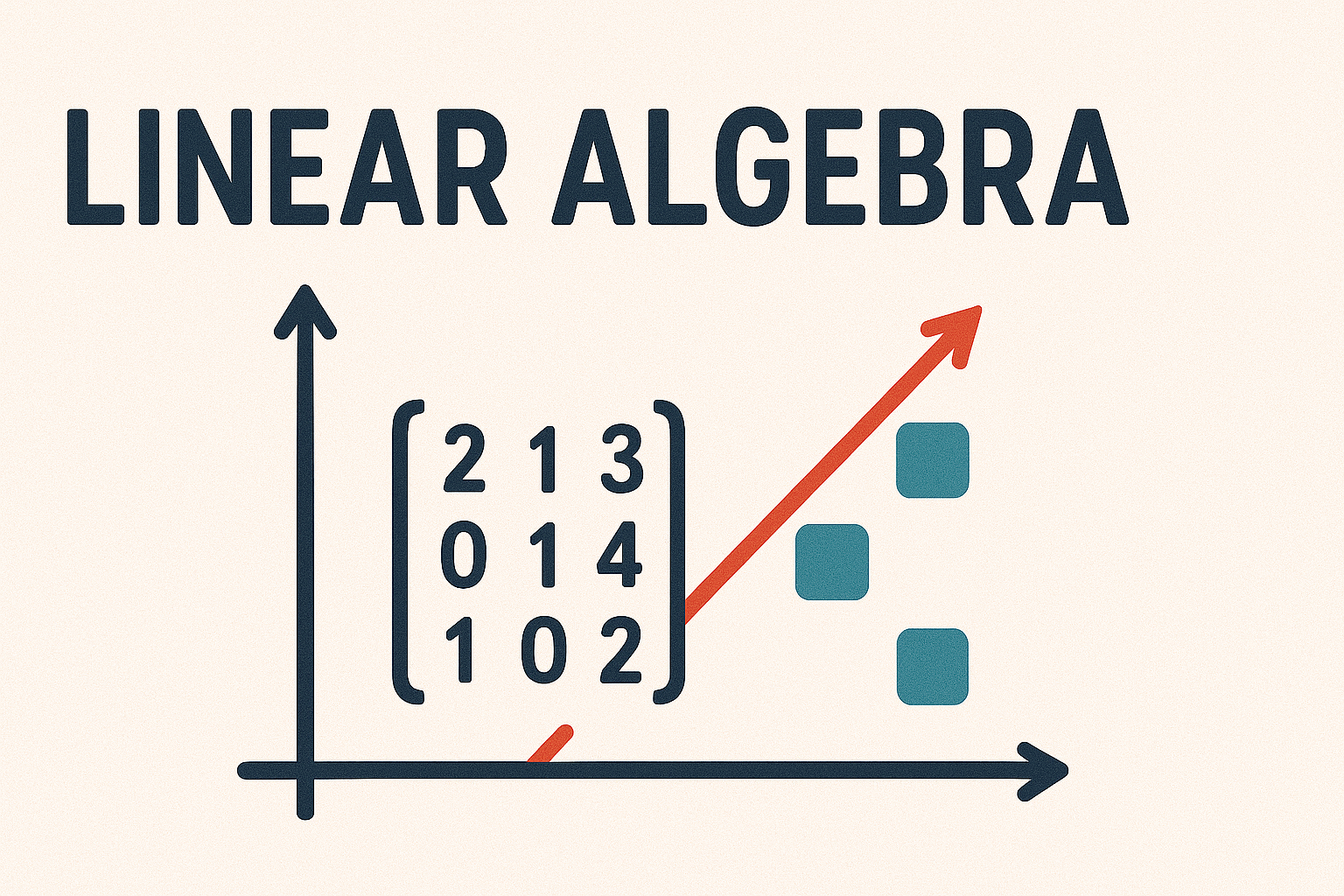Mathematical preliminaries#
It is assumed that readers are familiar with the following.
Sets of numbers#
Numbers are classified into different sets based on their properties.
Type |
Symbol |
Explanation |
Example |
|---|---|---|---|
Natural |
\(\mathbb{N}\) |
Positive whole numbers |
\(0, 1, 2\) |
Integer |
\(\mathbb{Z}\) |
All whole numbers including negatives |
\(-1, 0, 1, 2\) |
Rational |
\(\mathbb{Q}\) |
Numbers expressed as a fraction of two integers, \(\dfrac{a}{b}\) where \(b \neq 0\) |
\(\dfrac{1}{2}\) |
Real |
\(\mathbb{R}\) |
Any number that can be expressed on a number line |
\(\sqrt{2}, \pi\) |
Complex |
\(\mathbb{C}\) |
A real number added to a multiple of an imaginary number |
\(1 + 2i\) |
The sets of numbers are related by
Axioms of addition and multiplication#
An axiom is a rule that we assume is true for a starting point for further reasoning and arguments. The following nine axioms apply to addition and multiplication, denoted by \(+\) and \(\times\) respectively, over a field \(F\) (e.g., \(F\) could be the set of all numbers). For every \(x,y,z \in F\):
Commutativity of addition: \(x + y = y + x\)
Associativity of addition: \(x + (y + z) = (x + y) + z\)
Additive neutral element: there exists an element \(0\) such that \(x + 0 = x\)
Additive inverse: there exists an element \(-x\) such that \(x + (-x) = 0\)
Commutativity of multiplication: \(xy = yz\)
Associativity of multiplication: \(x(yz) = (xy)z\)
Multiplicative identity: there exists an element \(1\) such that \(1 \times x = x\)
Multiplicative inverse: there exists an element \(1/x\) such that \(x \times \dfrac{1}{x} = 1\)
Distributive law: \(x(y + z) = xy + xz\)
Imaginary numbers#
The imaginary number is denoted by \(i\) (some disciplines use \(j\) to denote the imaginary number) and defined to be \(i^2 = -1\). Complex numbers are numbers of the form \(a + bi\) where \(a,b\in \mathbb{R}\) and \(a\) is called the real part and \(b\) is called the imaginary part.
The following arithmetic operations are defined on complex numbers:
addition: \((a + bi) + (c + di) = (a + c) + (b + d)i\);
multiplication: \((a + bi) (c + di) = ac - bd + (ad + bc)i\);
modulus: \(|a + bi| = \sqrt{a^2 + b^2}\);
complex conjugate: if \(z = a + bi\) then the complex conjugate of \(z\) is \(\bar{z} = a - bi\);
Summation#
The summuation of a set of objects \(a_1, a_2, \ldots, a_n\) is denoted using
where the uppercase Greek letter sigma \(\Sigma\) denotes the summation, the lower delimiter \(i=1\) indicates that the summation begins at the element \(i=1\), and the upper delimiter \(n\) indicates that the summation end at the element indexed \(i=n\). For example,
Definitions, theorems, proofs and examples#
These notes use standard constructs to present mathematical ideas.
Definitions#
A definition is a statement that precisely describes the meaning of a mathematical concept or term. It provides clarity and establishes a common understanding of a specific mathematical object, property, or relationship. Here definitions are presented like the following:
Definition
A prime number is a natural number greater than 1 whose only factors are 1 and itself.
Theorems#
A mathematical theorem is a statement that has been proven to be true based on a set of axioms and previously established results or assumptions. Here theorems are presented like the following:
Theorem
There are an infinite number of primes.
Proofs#
A mathematical proof is a logical argument or demonstration that establishes the truth or validity of a mathematical statement or theorem. It is a rigorous and systematic process used to justify mathematical claims and establish certainty about mathematical assertions. Here proofs are presented like the following
Proof. Assume there are a finite number of primes \(p_1, p_2, \ldots, p_n\). Let
then either \(N\) is prime or not prime.
If \(N\) is prime then since \(N\) is not in the finite list of primes then this contradicts the assumption that there are a finite number of primes.
If \(N\) is not prime then it must have at least one prime factor which is not in the finite list of primes because that would leave a remainder of 1. This contradicts the assumption that there are a finite number of primes.
Since \(N\) cannot be prime or not prime then the assumption that there are a finite number of primes is false, so there must be an infinite number of primes.
Examples#
A mathematical example refers to an instance or case that illustrates a concept, property, or theorem in mathematics. It serves as a specific instance that helps to understand and apply mathematical ideas and principles. Here examples are used to help you understand and apply the concepts that have been covered. These are designed for you to following in class but the solutions of which are also given in a dropdown box.
Example
Determine the prime factors of 84.
Solution
Repeatedly divide 84 by the first prime number 2:
so the first two prime factors are \(2\) and \(2\). Repeatedly divide 21 by the next prime number 3:
so the next prime factor of 84 is 3. The next prime number is 7 so this much be a prime factor of 84. The prime factorisation of 84 is \(2 \cdot 2 \cdot 3 \cdot 7 = 84\).
